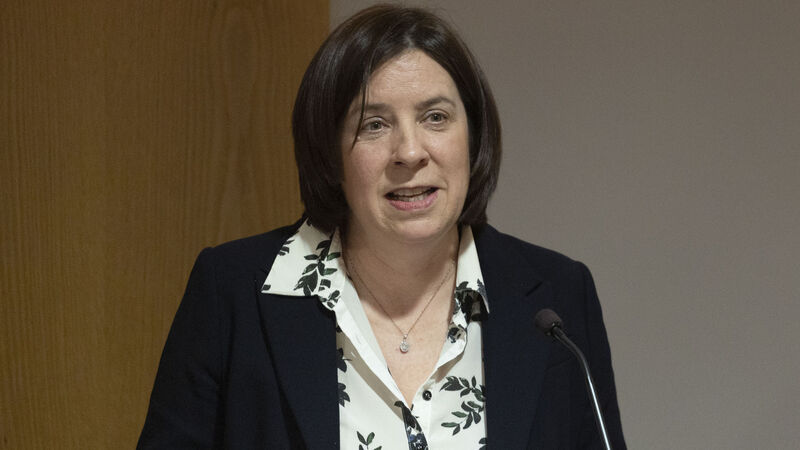'Relentless growth' in digital evidence raising pressure on court prosecutors, says DPP

The Director of Public Prosecutions of Ireland Catherine Pierse said: 'There is a clear need to re-examine the policies and practices that underpin our current approach to disclosure. At present, the prosecution and investigators are tasked with reviewing extensive volumes of material to identify information that may be relevant to the defence, in the absence of any statutory obligation on the defence to engage in this process.' File photo: Sam Boal/Collins Photos
The legal obligation on prosecutors to disclose all relevant evidence to the defence is increasingly an issue, such is the “relentless growth” in digital evidence that gardaí and prosecuting solicitors have to examine, the DPP has said.
In the foreword to her Annual Report 2024, Catherine Pierse states that the prosecution and investigators are tasked with reviewing “extensive volumes” of material to identify information of potential relevance to the defence, but there is no legal obligation on the defence to assist.











